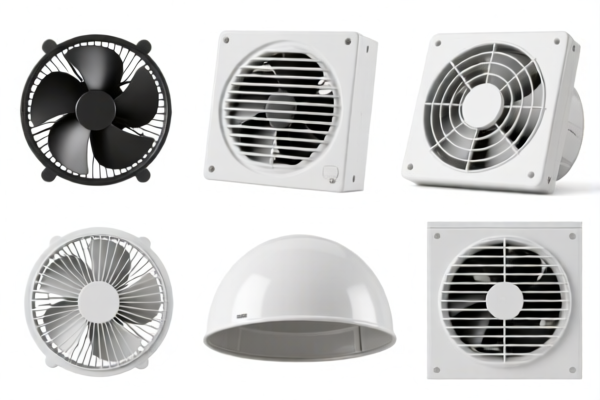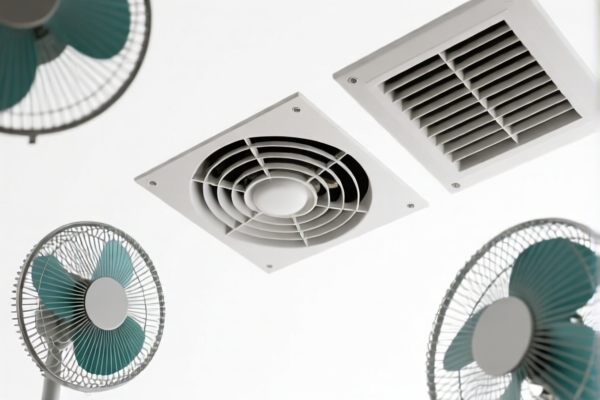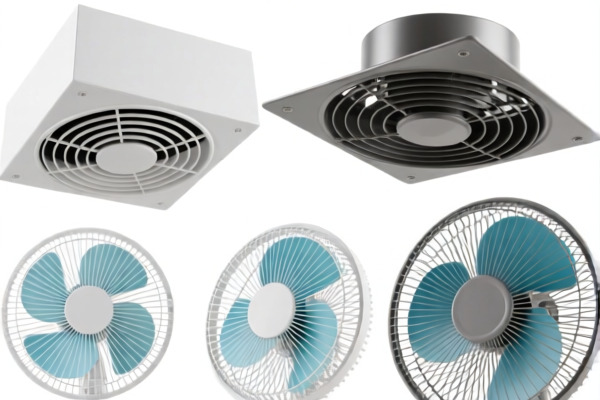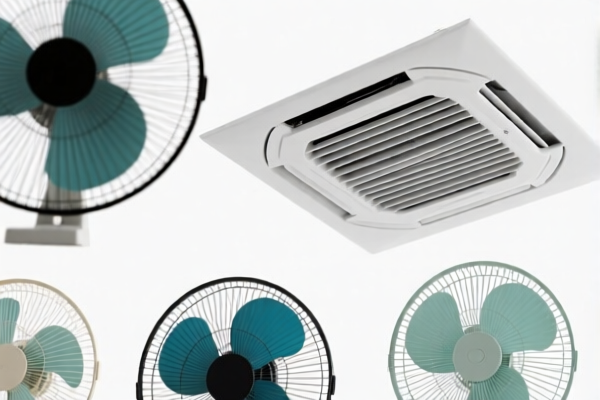| HS Code | Official Doc | Tariff Rate | Origin | Destination | Effective Date |
|---|---|---|---|---|---|
| 6217909003 | Doc | 52.1% | CN | US | 2025-05-12 |
| 6217909025 | Doc | 52.1% | CN | US | 2025-05-12 |
| 6201904910 | Doc | 41.7% | CN | US | 2025-05-12 |
| 6201904930 | Doc | 41.7% | CN | US | 2025-05-12 |
| 6203420741 | Doc | 54.1% | CN | US | 2025-05-12 |
| 6203431310 | Doc | 65.4% | CN | US | 2025-05-12 |
| 6114909010 | Doc | 35.6% | CN | US | 2025-05-12 |
| 6114909070 | Doc | 35.6% | CN | US | 2025-05-12 |
| 6117901060 | Doc | 39.8% | CN | US | 2025-05-12 |
| 4303100030 | Doc | 59.0% | CN | US | 2025-05-12 |
| 4303100060 | Doc | 59.0% | CN | US | 2025-05-12 |
| 4304000000 | Doc | 61.5% | CN | US | 2025-05-12 |




Hood
A hood, also known as a bonnet, cowl, or capuche, is a covering for the head and neck, often attached to a coat, jacket, sweatshirt, or robe. It serves various purposes, from protection against the elements to stylistic or functional roles.
Material
Hoods are constructed from a wide range of materials, dependent on the garment to which they are attached and the intended use. Common materials include:
- Cotton: Frequently used in casual sweatshirts and lighter jackets, providing comfort and breathability.
- Polyester: Often found in athletic wear and rainwear due to its water-resistant properties and durability.
- Fleece: Used for warmth and insulation in colder weather garments.
- Wool: Historically used, and still found in some outerwear, for excellent insulation.
- Leather: Used for stylistic purposes or in specialized outerwear.
- Down/Synthetic Insulation: Incorporated into padded hoods for extreme cold weather protection.
- Waterproof/Breathable Membranes (e.g., Gore-Tex): Used in high-performance outerwear for weather protection.
Purpose & Function
- Weather Protection: The primary function of many hoods is to shield the head and neck from rain, wind, snow, and sun.
- Warmth: Hoods trap heat and provide an extra layer of insulation.
- Concealment: Hoods can obscure the face and head, offering a degree of anonymity.
- Fashion: Hoods are frequently incorporated into clothing as a stylistic element.
- Safety: Hoods on parkas or winter coats can protect against extreme cold and frostbite.
- Functional Use: Some hoods are designed with specific features like drawstrings, visors, or face shields for enhanced protection or utility.
Usage Scenarios
- Outdoor Activities: Hiking, camping, skiing, snowboarding, and other outdoor pursuits.
- Everyday Wear: Casual sweatshirts, jackets, and coats for daily use.
- Workwear: Hoods on jackets and parkas for construction, security, or other outdoor professions.
- Emergency Situations: Parkas with insulated hoods for cold-weather survival.
- Religious Garb: Hoods are part of certain religious habits and robes.
- Formal Wear: Historically, hoods were part of academic gowns and robes.
Common Types
- Attached Hoods: Integrated into the garment's design, typically jackets, coats, or sweatshirts. These can be:
- Fixed Hoods: Non-detachable.
- Detachable Hoods: Can be removed for washing or different styling options.
- Packable Hoods: Designed to fold into the collar or pocket.
- Detached Hoods (Beanies/Balaclavas): Separate head coverings that can be worn independently.
- Drawstring Hoods: Feature drawstrings at the front and/or back to adjust the fit and seal out the elements.
- Visor Hoods: Include a visor to shield the face from rain or sun.
- Fleece-Lined Hoods: Provide extra warmth and comfort.
- Cowl Hoods: Loose, draped hoods often found in robes or cloaks.
- Snoods/Balaclavas: Hoods that cover the head, neck, and often the face, providing full protection.
Based on the provided reference material, determining the precise HS code for “hood” requires understanding its material composition and intended use. Here are potential HS code options, based on the information available:
- 6114909010: This code covers “Other garments, knitted or crocheted: Of other textile materials: Other Tops”. A hood, if knitted or crocheted and made of materials other than cotton, silk, or synthetic fibers, could fall under this classification. The reference material indicates this applies to garments not specifically categorized elsewhere.
- 6114909070: Similar to the above, this code covers “Other garments, knitted or crocheted: Of other textile materials: Other Other: Other”. This is a broader category for knitted or crocheted garments not elsewhere specified.
- 6217909003: This code covers “Other made up clothing accessories; parts of garments or of clothing accessories, other than those of heading 6212: Parts: Other Of blouses and shirts: Of cotton”. If the hood is a part of a blouse or shirt and made of cotton, this code applies.
- 6217909025: This code covers “Other made up clothing accessories; parts of garments or of clothing accessories, other than those of heading 6212: Parts: Other Of coats and jackets: Of cotton”. If the hood is a part of a coat or jacket and made of cotton, this code applies.
According to the provided reference material, the HS code options related to 'hood' are limited, with only the following 4 found.
Important Considerations:
- Material Verification: The tax rate is heavily dependent on the material composition (cotton, silk, synthetic fibers, etc.). Ensure accurate material verification to avoid misclassification.
- Part of a Garment: If the hood is attached to a larger garment (e.g., a jacket), the HS code for the entire garment may be more appropriate.
- Knitted or Crocheted vs. Woven: The distinction between knitted/crocheted and woven fabrics is crucial for classification.
- 2025.4.2 Tariff Changes: Please note that several HS codes listed are subject to increased tariffs after April 2, 2025.
Customer Reviews
No reviews yet.